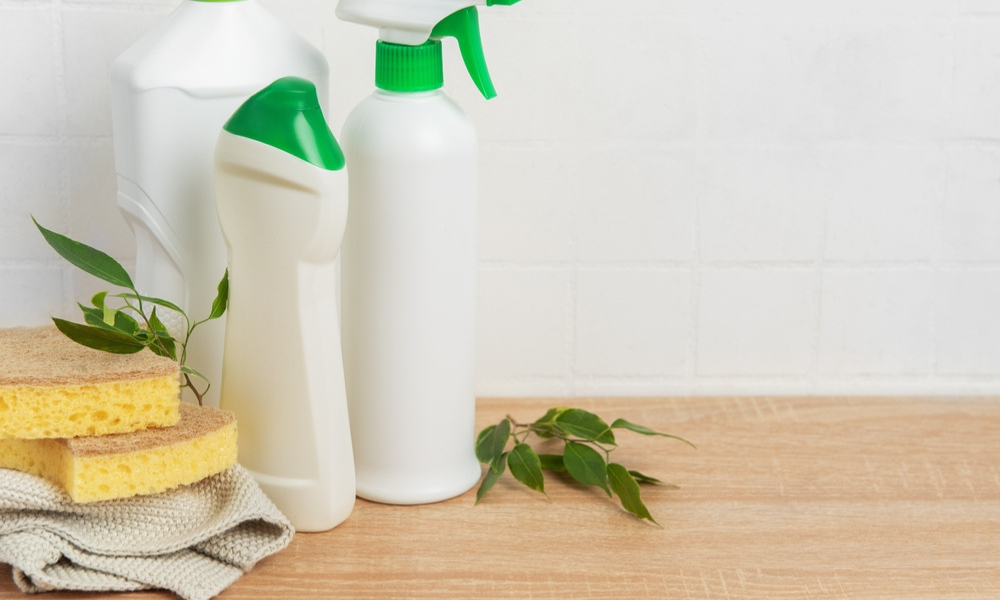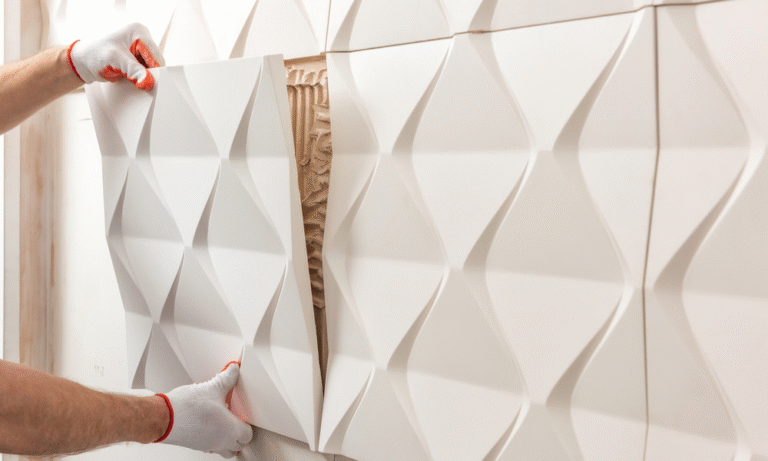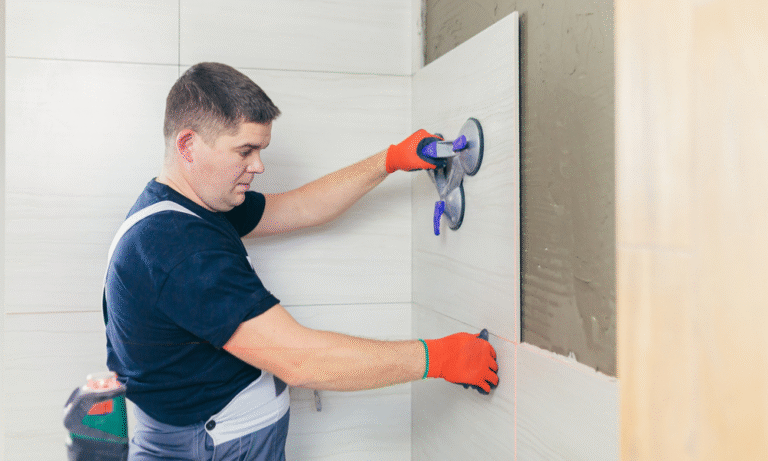Estimated reading time: 4 minutes
Renovating a home doesn’t have to drain your savings. With the right materials and smart choices, you can achieve a high-end look at a fraction of the price. Over the years, I’ve seen plenty of homeowners transform their spaces beautifully while staying on budget.
Whether you’re upgrading floors, walls, or backsplashes, I’ll walk you through affordable alternatives that look just as good as their premium counterparts.
What You’ll Learn Here
The best cost-effective materials for home upgrades
Where to find quality products without overspending
Installation tricks to save time and money
Mistakes that can lead to unexpected costs
Let’s get started.
Best Affordable Materials for Home Renovations
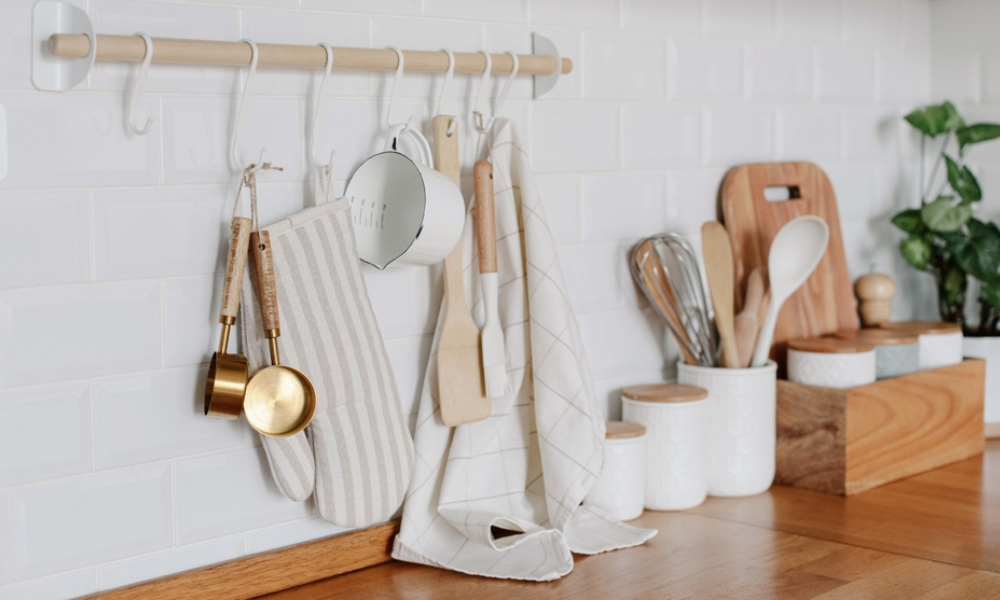
Ceramic: The Budget-Friendly Classic
One of the most economical and widely available choices, ceramic is perfect for kitchens, bathrooms, and entryways. It’s easy to clean and comes in a variety of styles to suit any home.
Money-Saving Tip: Larger formats reduce grout lines, meaning faster installation and lower labor costs.
Porcelain: Durable Without the Price Tag
Porcelain is a tough and water-resistant option that works well in moisture-prone areas. Many stone-look and wood-look variations offer the elegance of premium materials without the expense.
Alternative Choice: Instead of real stone, try porcelain slabs that mimic marble or granite—they look luxurious but require less upkeep.
Vinyl: Low Cost, High Style
If affordability and comfort are priorities, vinyl flooring is a great choice. It’s waterproof, easy to install, and mimics the appearance of natural surfaces like hardwood and stone.
Peel-and-Stick Options: DIY-Friendly & Temporary
For renters or those looking for a quick refresh, self-adhesive panels offer a hassle-free update. These work well for backsplashes and decorative accents.
Quick Fix: While peel-and-stick works for short-term upgrades, it may not last as long in high-traffic areas.
Where to Find Budget-Friendly Materials
Scoring a great deal requires knowing where to shop. Some of the best sources include:
Home Improvement Stores: Retailers like Home Depot and Lowe’s often have seasonal discounts.
Factory Outlets: These stores sell overstock and discontinued lines at lower prices.
Online Marketplaces: Websites like Overstock and Wayfair frequently run promotions.
Reuse & Salvage Centers: Great for finding high-quality reclaimed materials at a fraction of the cost.
Shopping Tip: Always buy slightly more than you need—this prevents mismatched replacements if you run out.
Smart Ways to Cut Costs Without Sacrificing Style
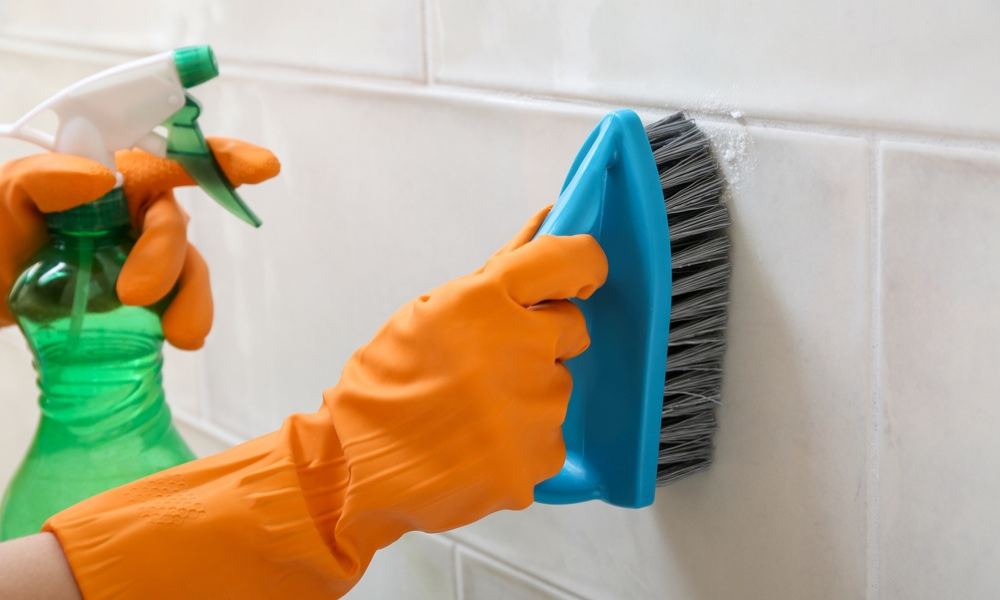
A. DIY vs. Professional Installation
If you’re comfortable with hands-on projects, doing it yourself can cut expenses significantly. However, for complex layouts or waterproofing, hiring an expert might be worth it.
Still deciding? Check out my guide on when to hire a pro vs. DIY.
B. Combine High-End & Budget Materials
Instead of splurging on premium selections for an entire space, use them for smaller accent areas and pair them with more affordable options.
C. Stick to Standard Sizes
Custom cuts increase both material and labor costs. Standard 12×12 or 12×24 sizes are easier to install and often come at lower prices.
D. Keep the Layout Simple
Intricate designs require more precision and labor. A straightforward grid pattern not only saves money but also creates a clean, modern look.
Common Mistakes That Lead to Higher Costs
Choosing the Wrong Material for the Space: Not all options are suited for every area. For example, wall-grade selections won’t hold up on floors.
Skipping Proper Surface Prep: An uneven foundation leads to cracks and costly repairs down the road.
Underestimating the Amount Needed: Running out mid-project means extra trips to the store and possible mismatched pieces.
Using Cheap Grout or Skipping Sealing: Low-quality grout stains quickly and requires frequent maintenance. (Here’s why grouting is key for durability.)
Long-Term Savings: Maintenance & Care
A well-maintained surface lasts longer and prevents expensive replacements. Here’s how to keep yours looking great:
Use the right cleaners: Harsh chemicals can damage finishes over time.
Seal grout lines: This helps prevent stains and moisture issues.
Fix minor issues early: A small crack today can turn into a costly repair later.
Need more care tips? Check out my guide on maintaining surfaces for long-lasting shine.
Final Thoughts
Upgrading your home doesn’t have to be expensive. By selecting affordable materials, shopping smart, and considering some DIY work, you can achieve a stylish transformation without overspending.
And if you’re hiring help, be sure to ask the right questions. Here’s what you need to know before choosing a contractor.
Have a renovation project in mind? I’d love to hear about it—drop a comment below!
